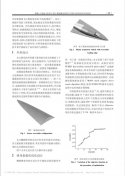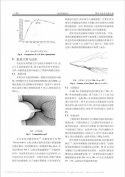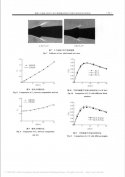Hi,
for that long range missile what kind of jet will able to operate it,
weight, how much fuel guidance system and speed by the time missile
fired on the target, target will be moving away from that point, another
thing which come to mind if the opponent can also lock on that missile
and fire their own missile towards the on coming missile to intercept it
so much to do for 2000 miles of kilometres range
thank you
for that long range missile what kind of jet will able to operate it,
weight, how much fuel guidance system and speed by the time missile
fired on the target, target will be moving away from that point, another
thing which come to mind if the opponent can also lock on that missile
and fire their own missile towards the on coming missile to intercept it
so much to do for 2000 miles of kilometres range
thank you





